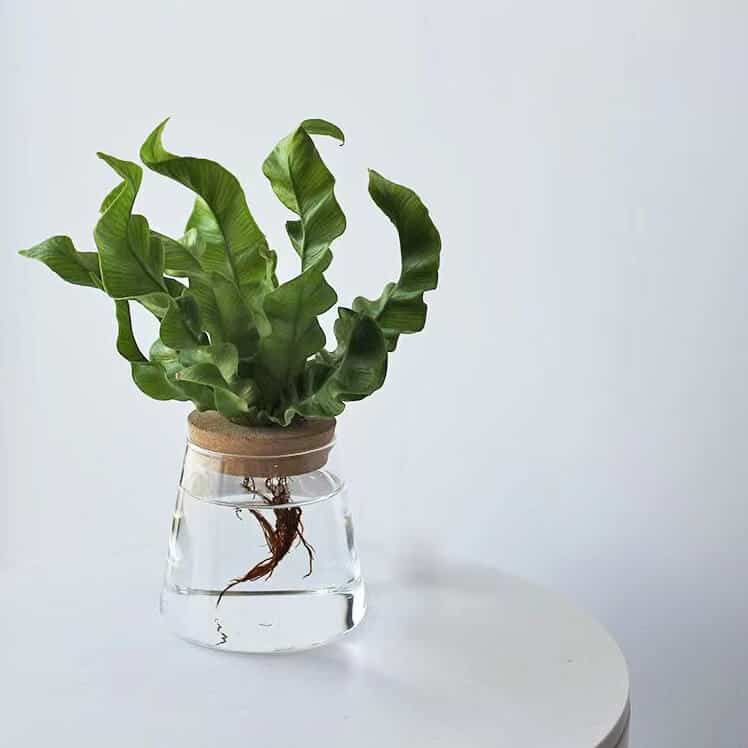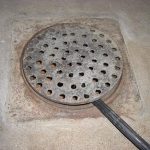The Asplenium Nidus is a member of the Aspleniaceae family and is commonly referred to as the bird’s nest fern. It has a light green color and is larger than most plants. Usually, these types of plants do not require large pots. However, Asplenium Nidus requires a large pot.
The average size of Asplenium Nidus is around 3-5 feet tall and 2-3 feet wide. Its leaves are spread wide, which gives it a bulkier appearance. This plant is native to both the Pacific Basin and Hawaii. It is very easy to grow, and people usually enjoy looking after it in their gardens. What requirements should one fulfill to grow this plant?

Asplenium Nidus Care
Like other plants, Asplenium Nidus requires certain care. Some of these include regular sunlight and the prevention of diseases. The exact requirements for Asplenium Nidus can be found in the list below.
Sunlight
Unlike other plants, Asplenium Nidus doesn’t require a lot of bright sunlight. The best way to keep this plant in optimal condition is by giving it light to moderate. Unfortunately, many owners of these plants suffer from dead and burnt leaves. This is because they keep their plants exposed to excessive sunlight.
One of the most important factors that one should consider when it comes to keeping Asplenium Nidus in optimal condition is the plant’s sunlight period. For optimal growth, it should be kept outside for at least two hours a day. Another option is to keep the plant in a shady area. This method will allow the plant to get the necessary sunlight and stay protected from strong light.
Soil
Like other plants, Asplenium Nidus requires well-draining soil. This means that the soil should be well-watered and rich in nutrients. Not only does this ensure that the water doesn’t remain on the plant, it also helps prevent root rot and other issues. Although the best soil can’t be used for Asplenium Nidus, you can use a peat-based pot mix.
Water
Asplenium Nidus requires an adequate amount of water. Overwatering can damage the plant’s condition, and it can also cause the root to rot. One of the best ways to water this plant is to let it dry. This method will allow the water to sink into the soil and prevent it from developing issues.
When the soil starts to dry, only you should water it. Overwatering will block the soil’s pores, which will prevent the air from going into the roots.
Temperature And Humidity
Asplenium Nidus can survive temperatures ranging from 60 degrees to 80 degrees Fahrenheit. Usually, it will survive in slightly cold or warm conditions, but extreme weather can kill this plant. If you live in an area with low or high temperatures, you might want to keep your plant indoors most of the time. This will allow it to thrive and avoid getting affected by harsh weather.
Asplenium Nidus thrives in moist and humid environments. If you live in an area with less humid conditions, you can use a humidifier to improve the plant’s growing conditions. If you live in an area with more humid conditions, you can use water and pebbles under the soil to increase the humidity level.
Fertilizer
Although Asplenium Nidus doesn’t require fertilizer, it can still benefit from the regular application. The best time to use this fertilizer is during the plant’s growing period, which is usually from spring until summer. This type of fertilizer should be diluted.
Asplenium Nidus Propagation
This is the single hardest part of growing an Asplenium Nidus. It is a bit tricky to propagate this plant. This plant is to be propagated through spores, which are fuzzy brown-colored spots under the fronds. The best time to propagate would be when these spores turn fuzzy.
Pests and Plant diseases
There are no serious pests that can attack Asplenium Nidus, common household pests can still attack this plant. One of the best ways to prevent these pests from taking over is by using natural soaps that won’t harm the plant’s leaves.
Besides pests, Asplenium Nidus can also be affected by various plant diseases. Some of these include root rot, brown tips, and leaves turning yellow. Just avoid direct sunlight and water your plant as little as possible to prevent these issues.
Bottom Line
Before you start growing Asplenium Nidus, it’s important that you have a good understanding of the various requirements it needs to thrive. This guide will help you make an informed decision when it comes to growing this plant.




